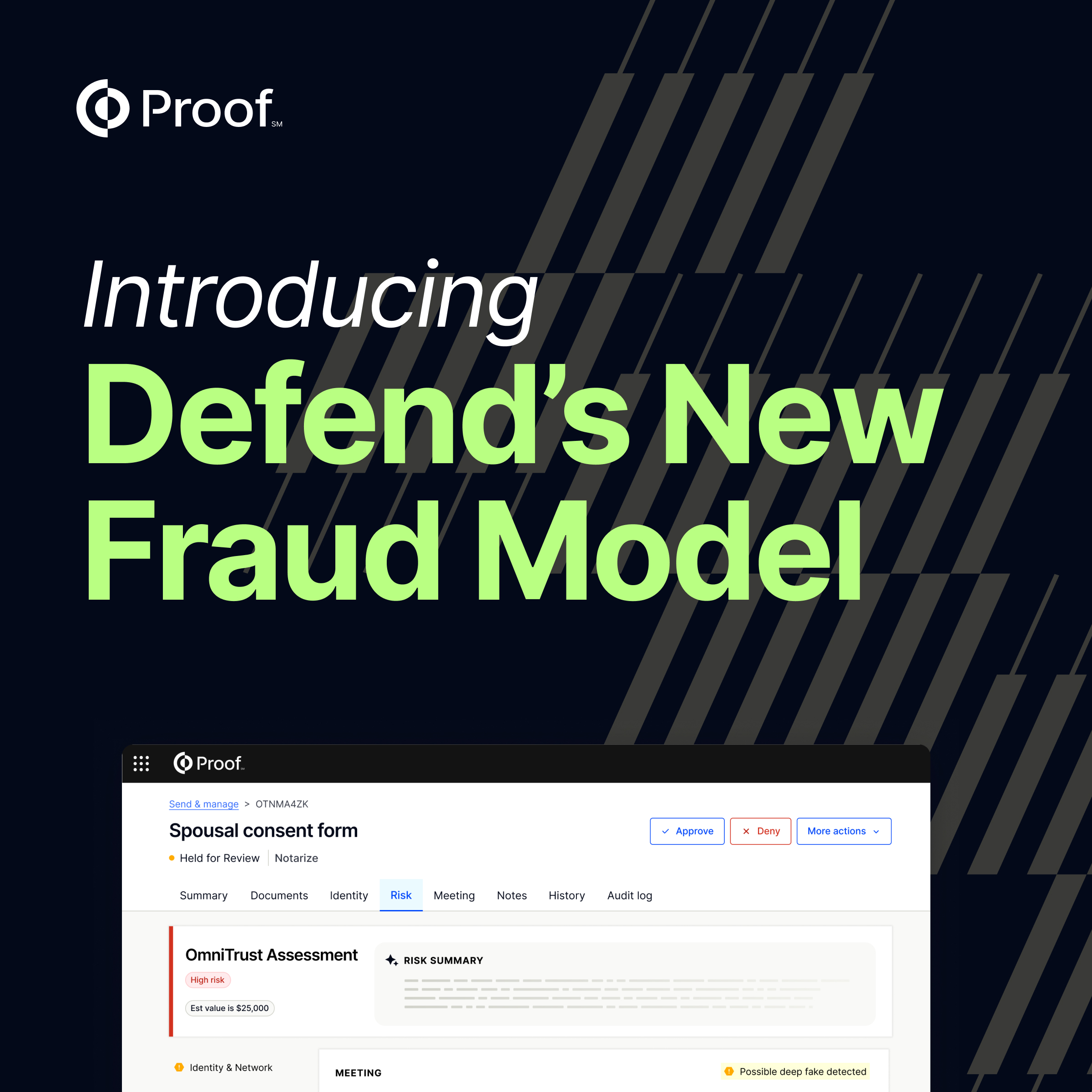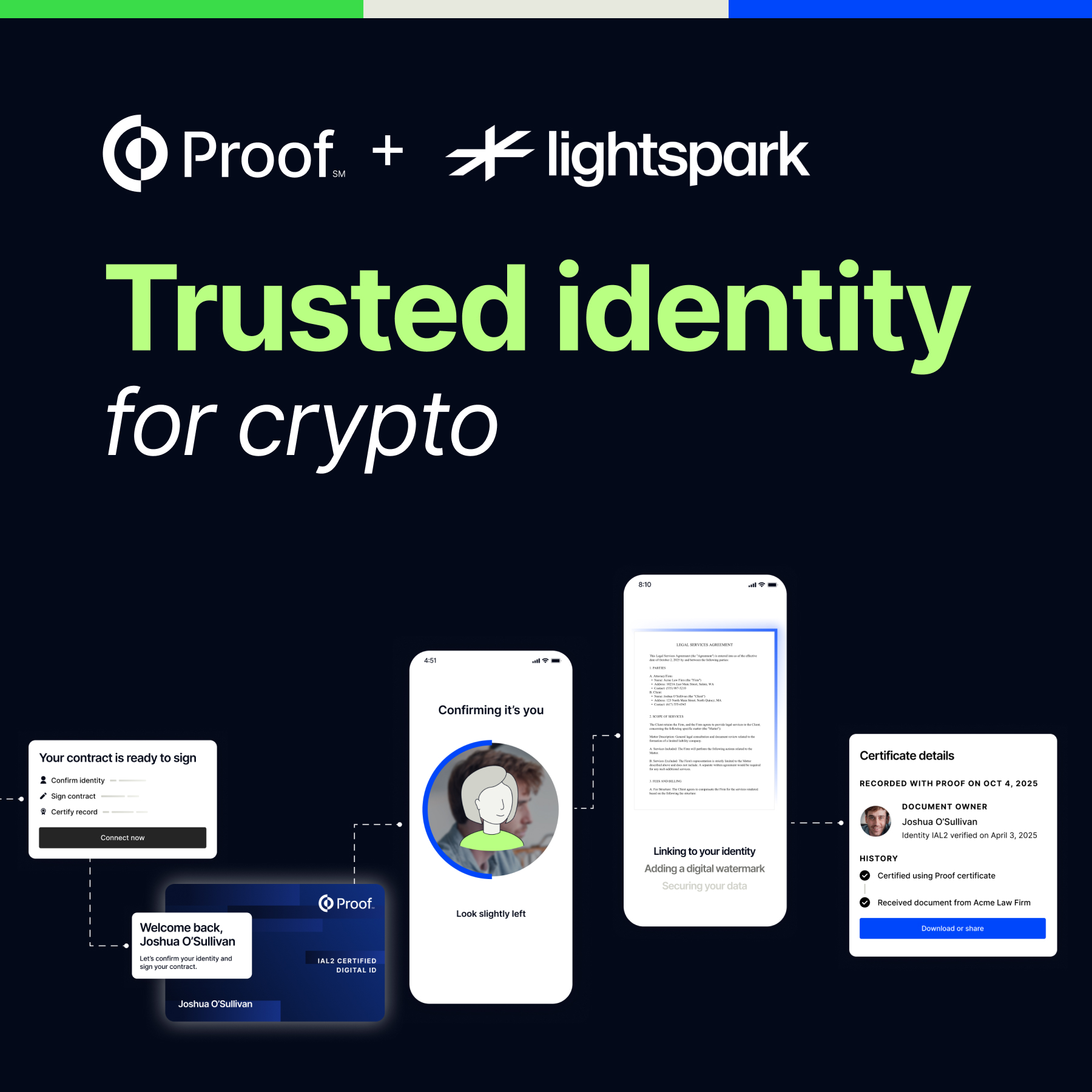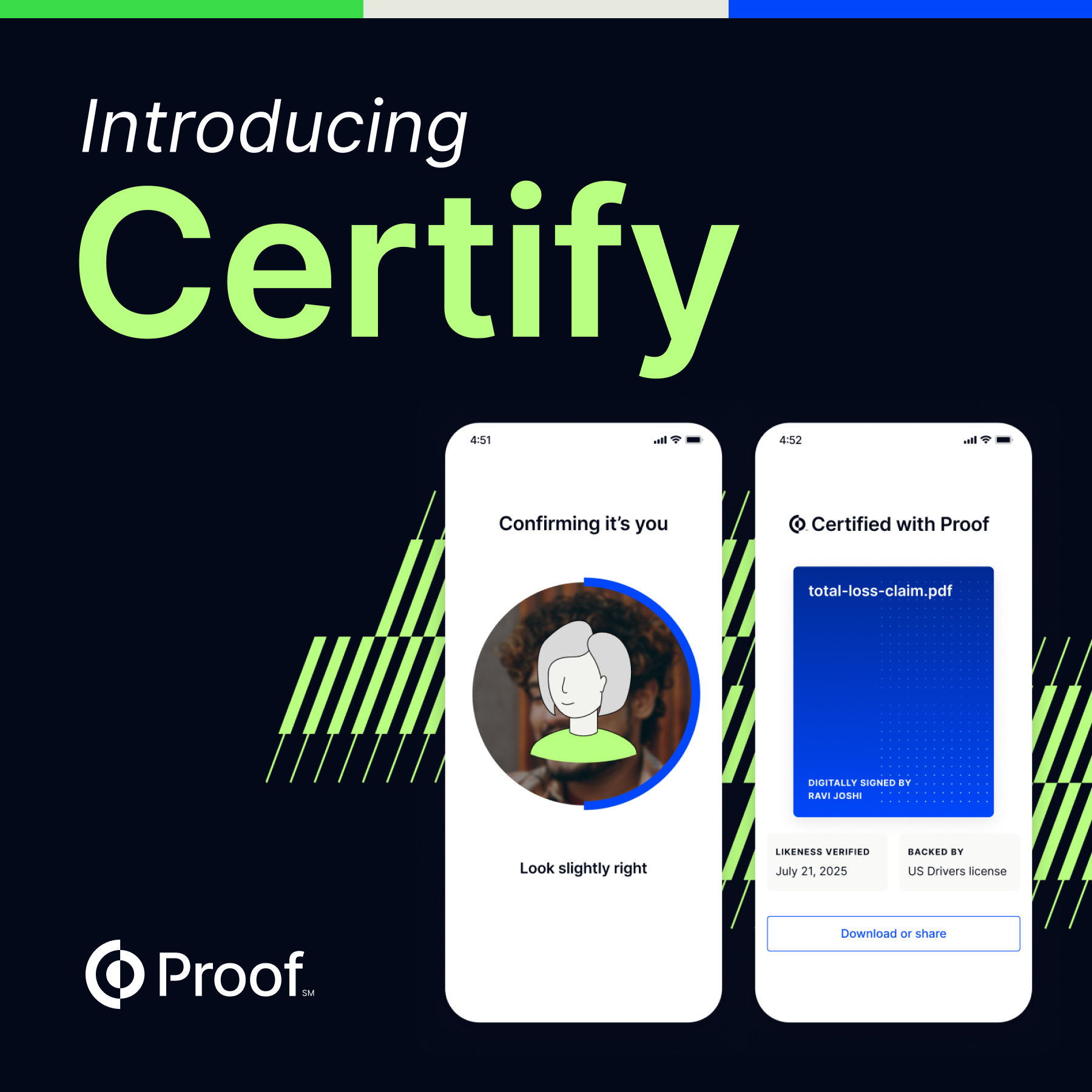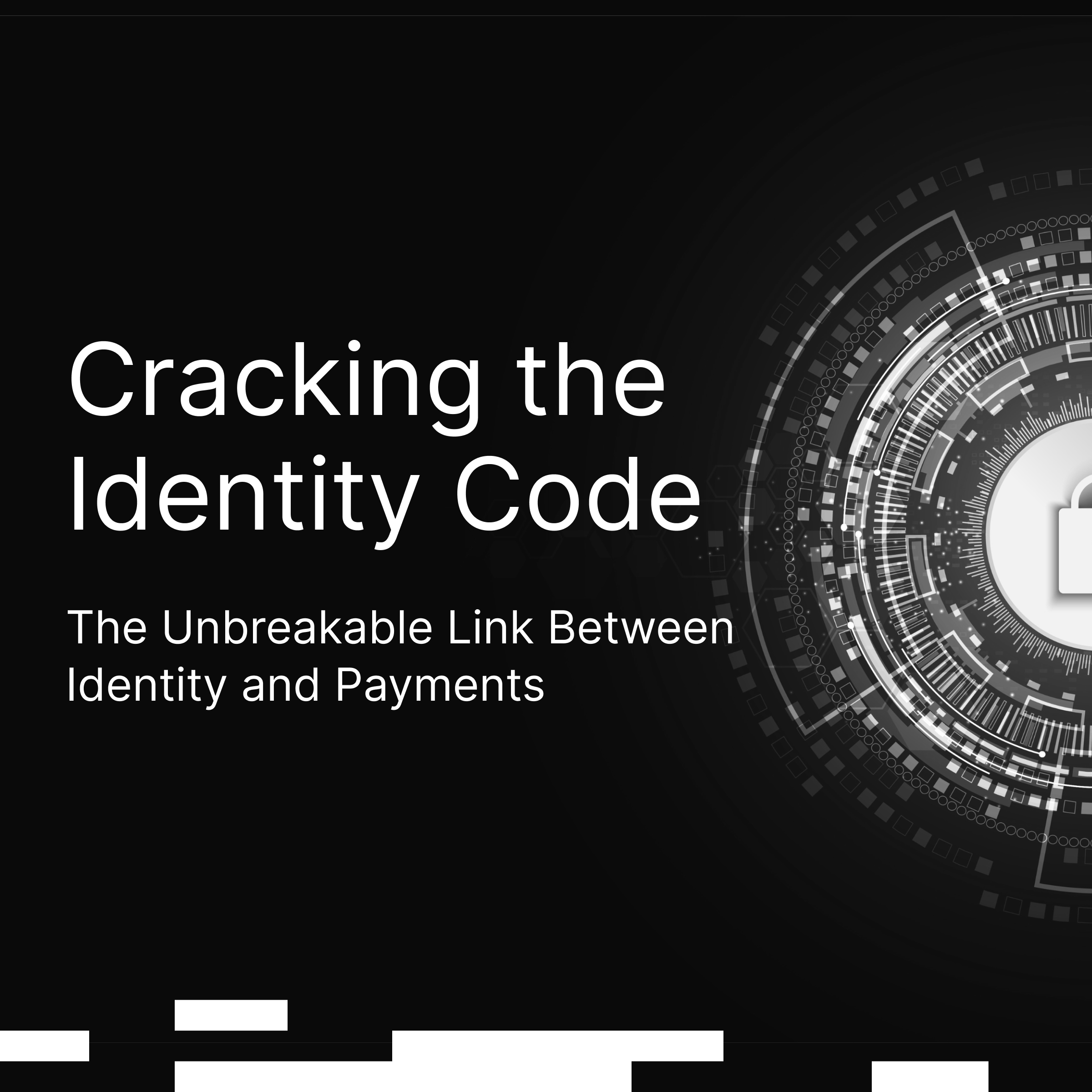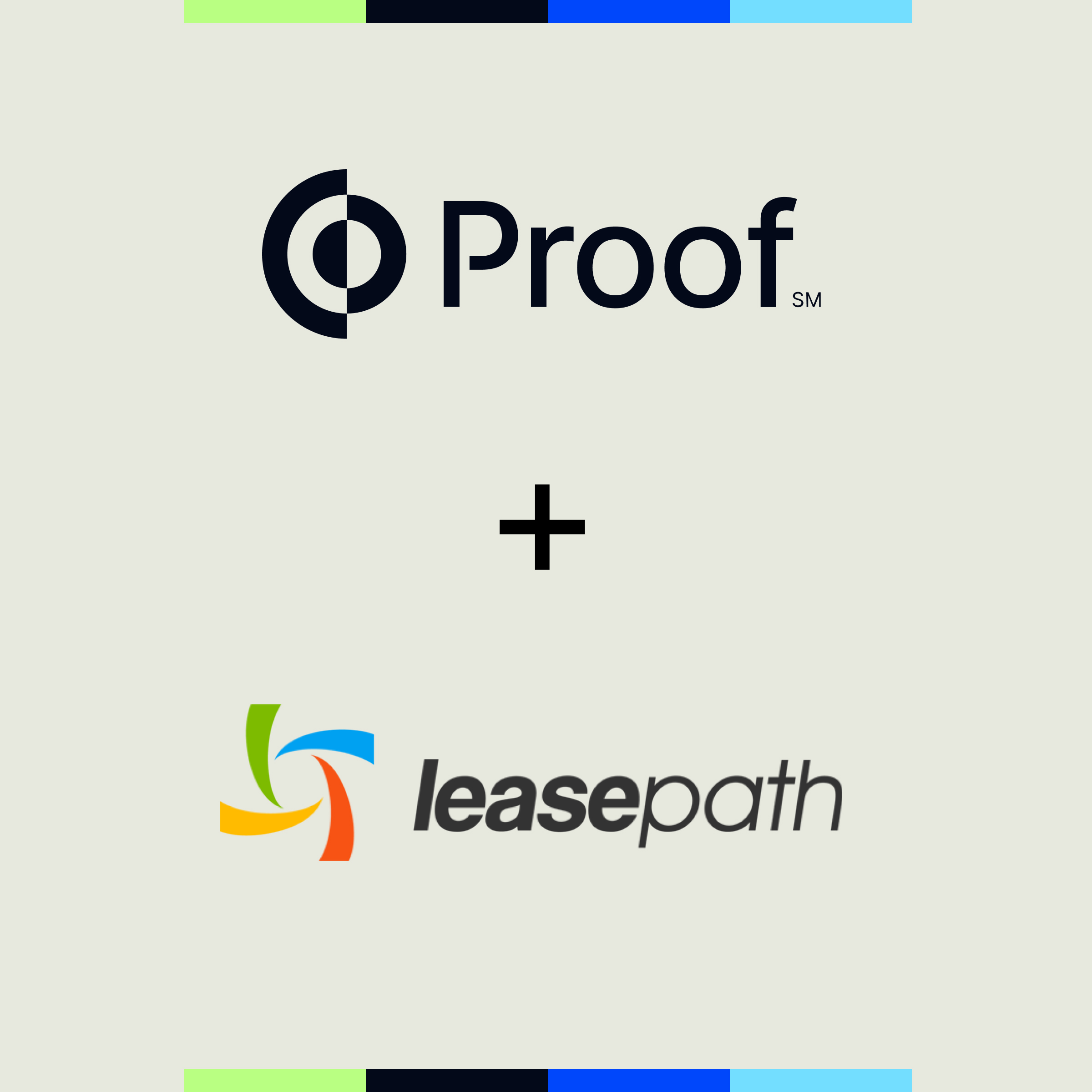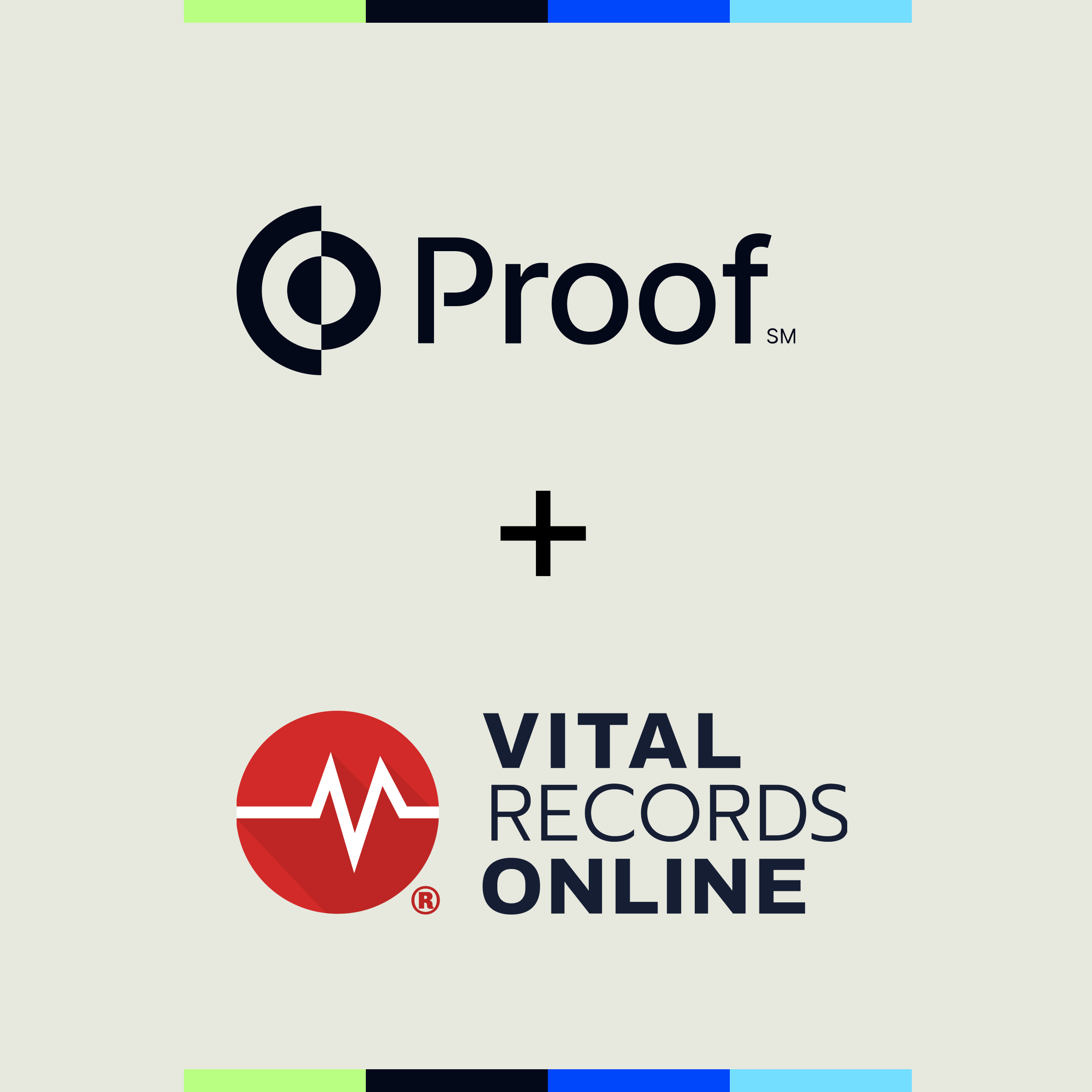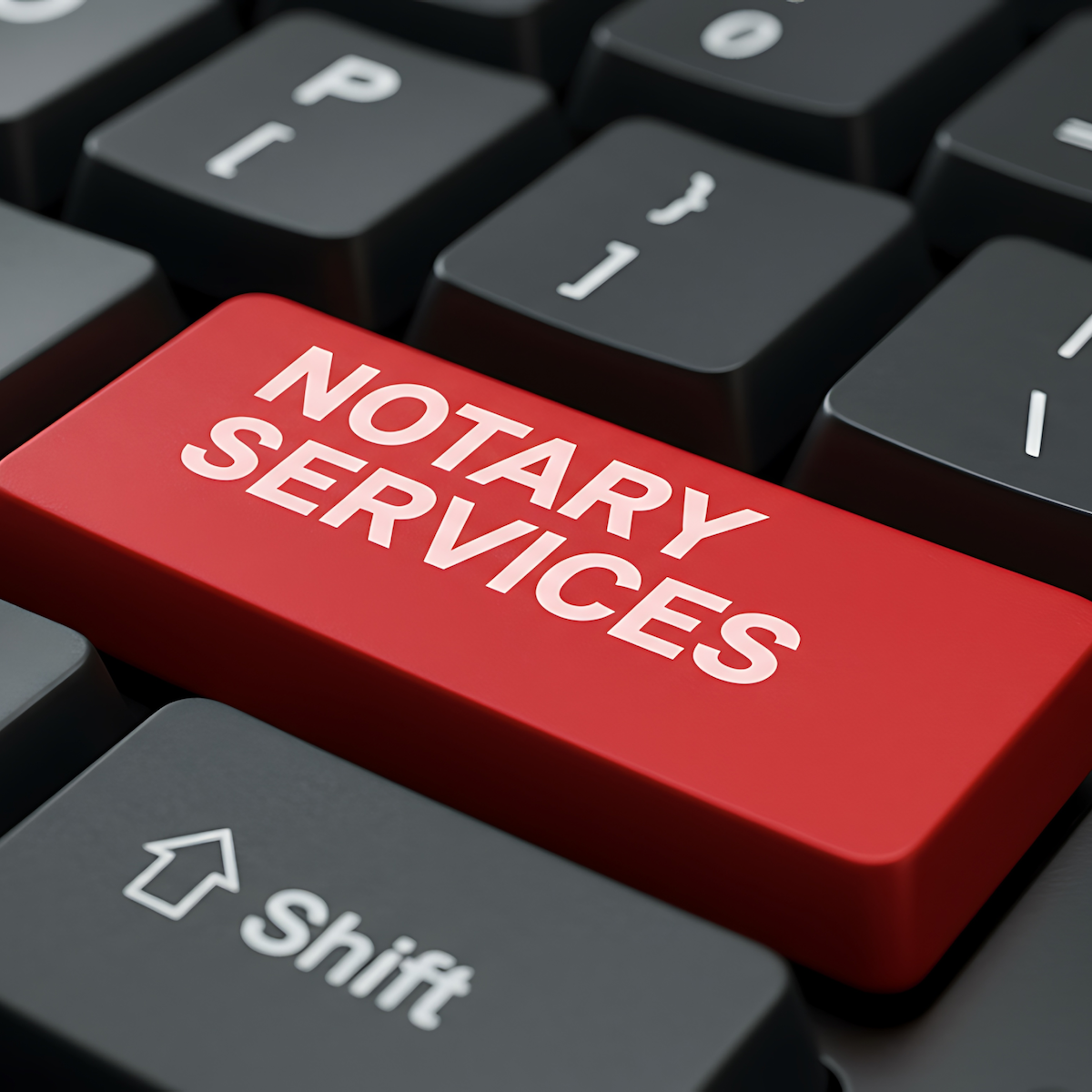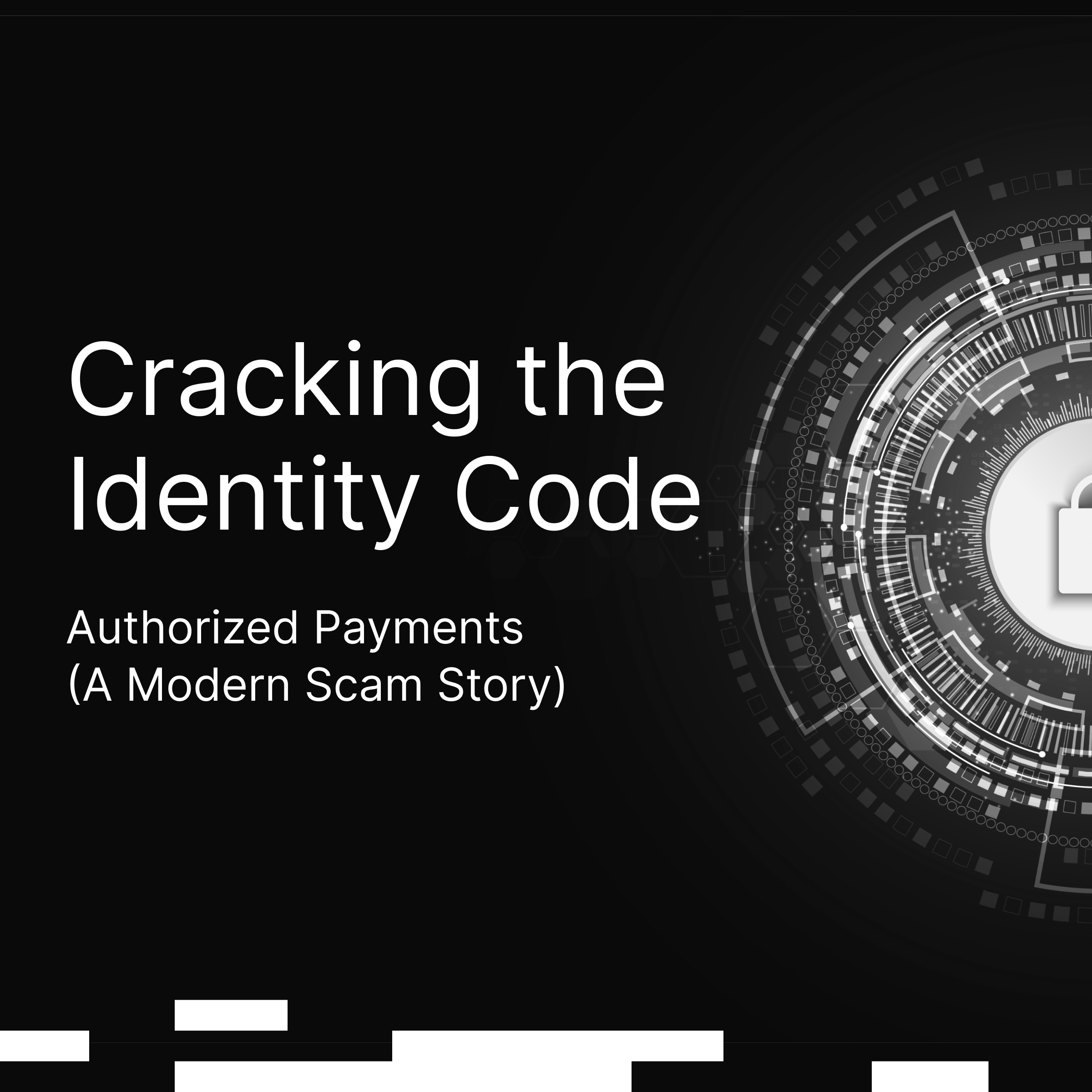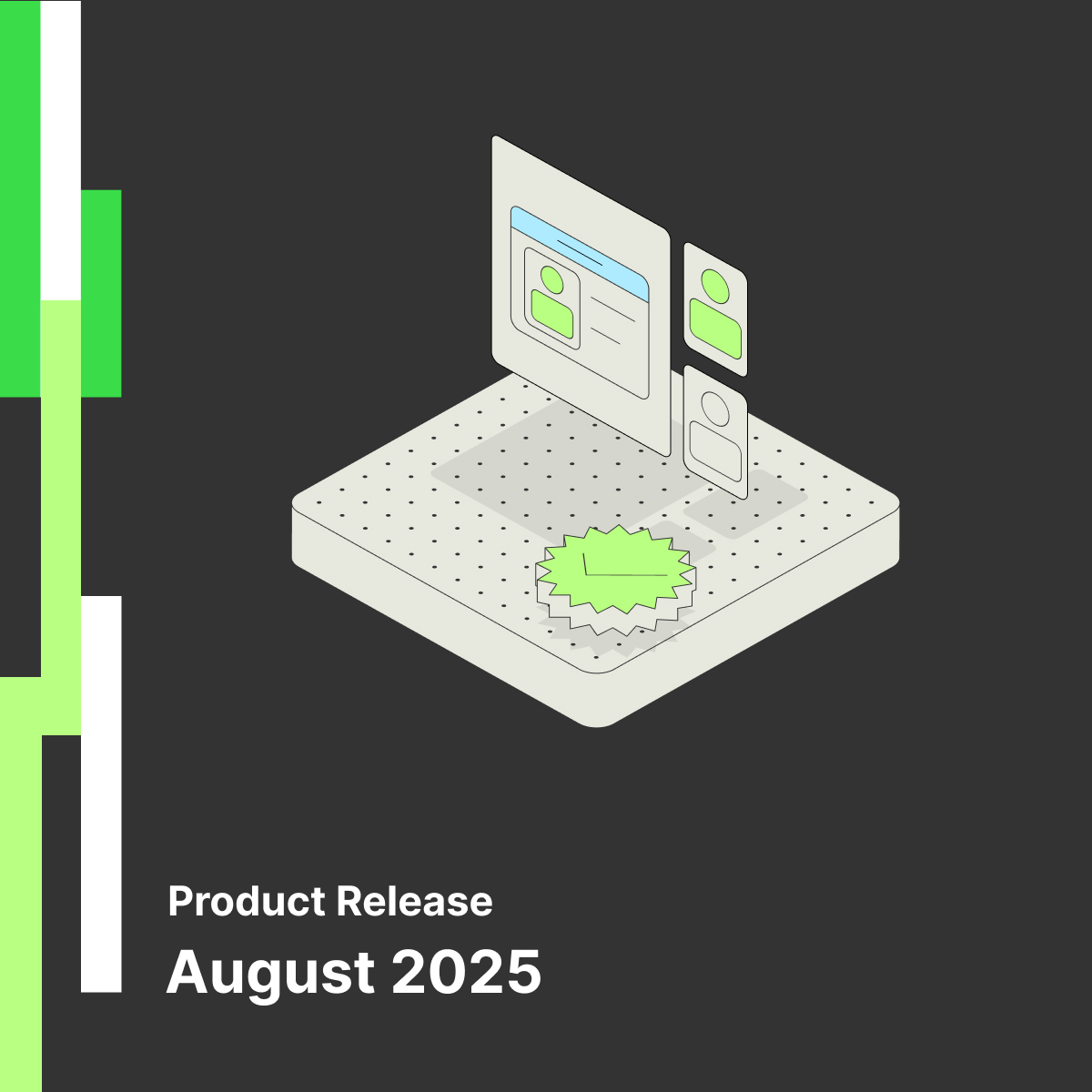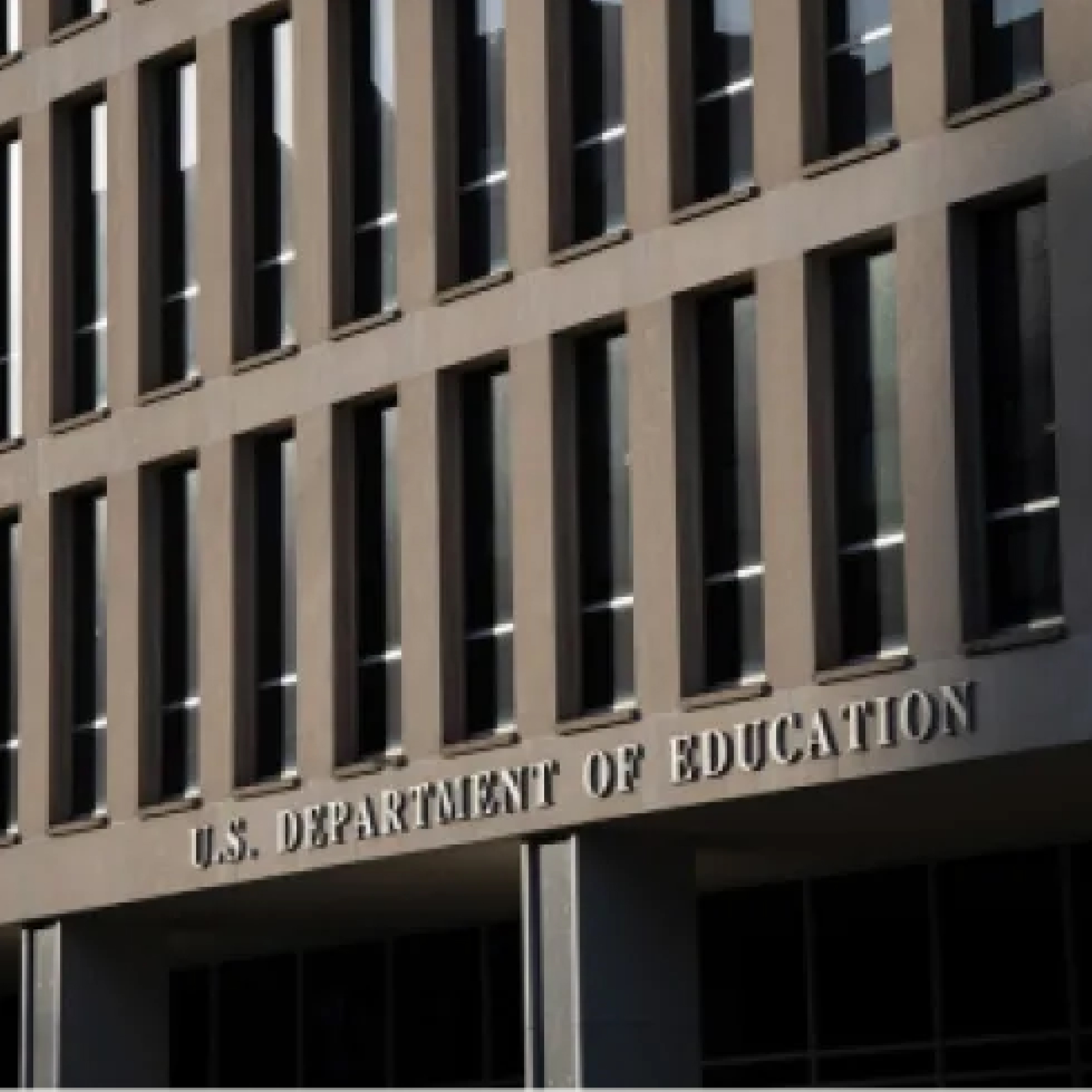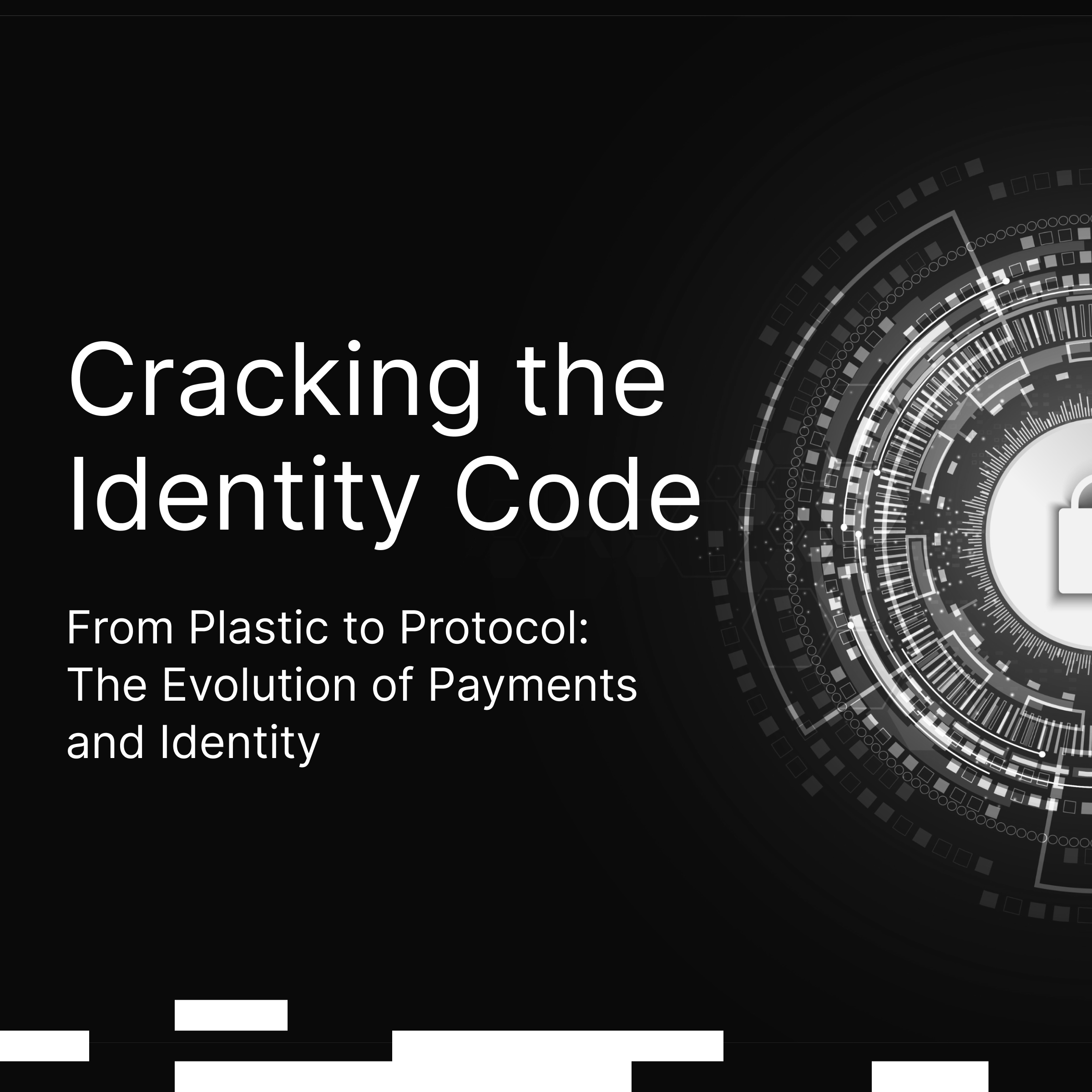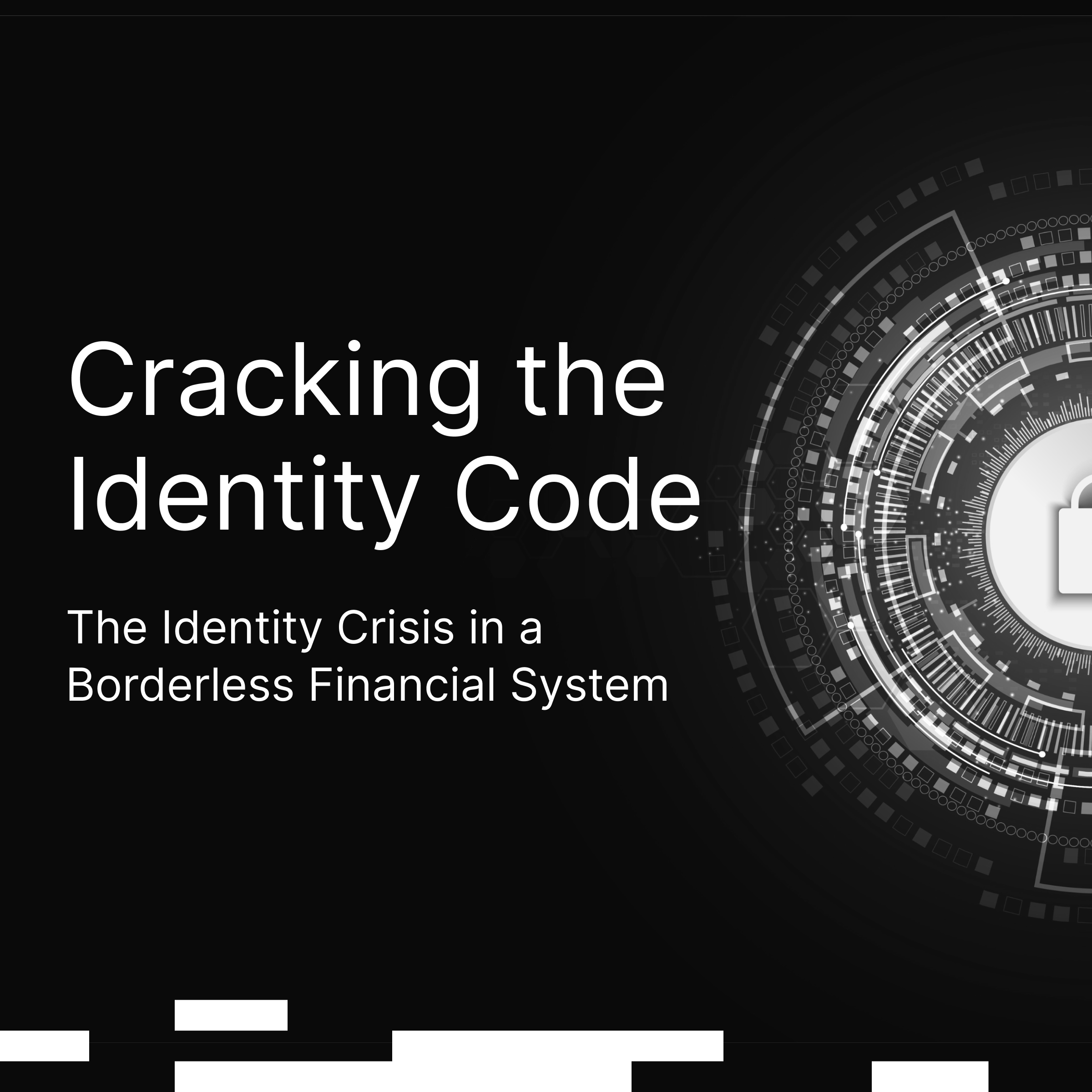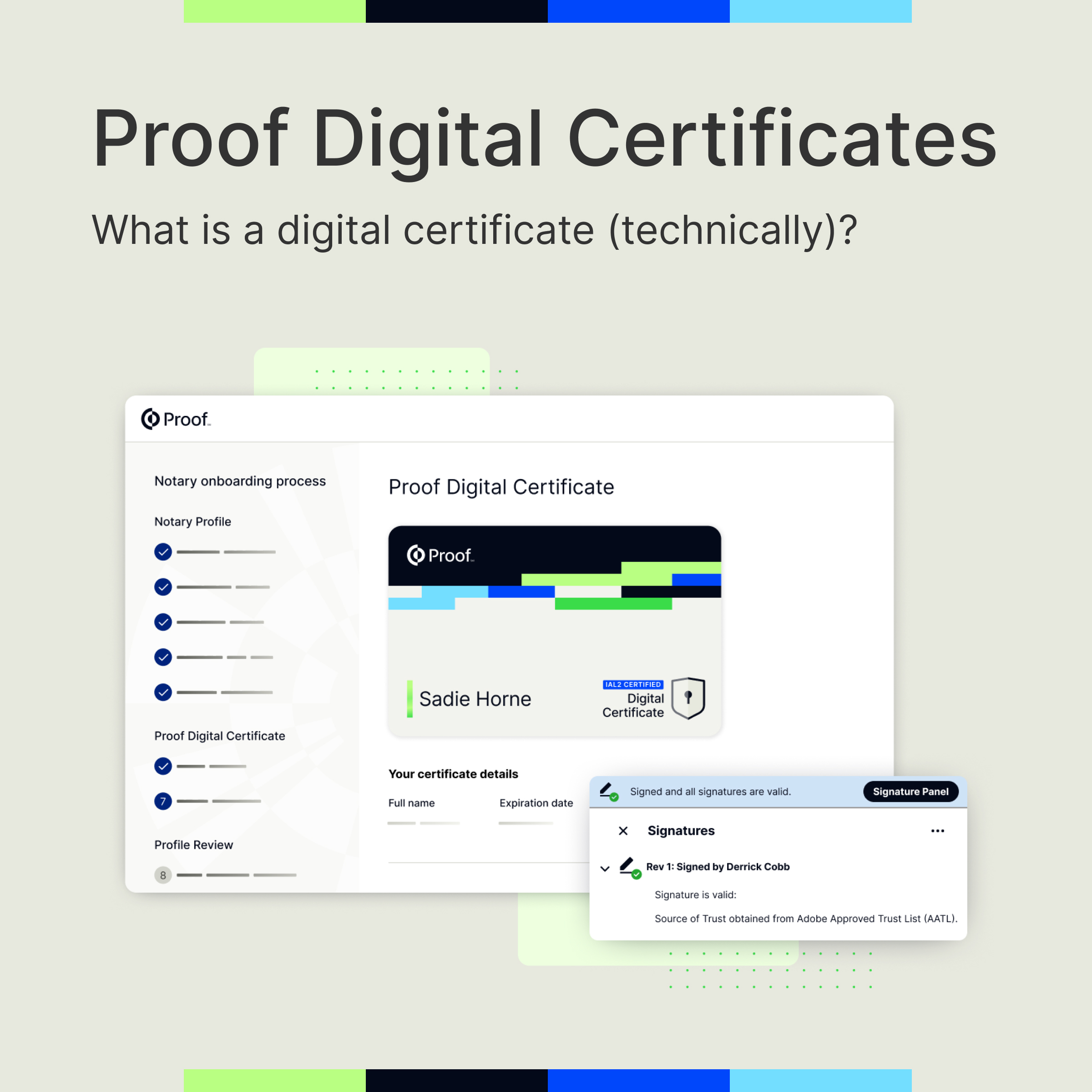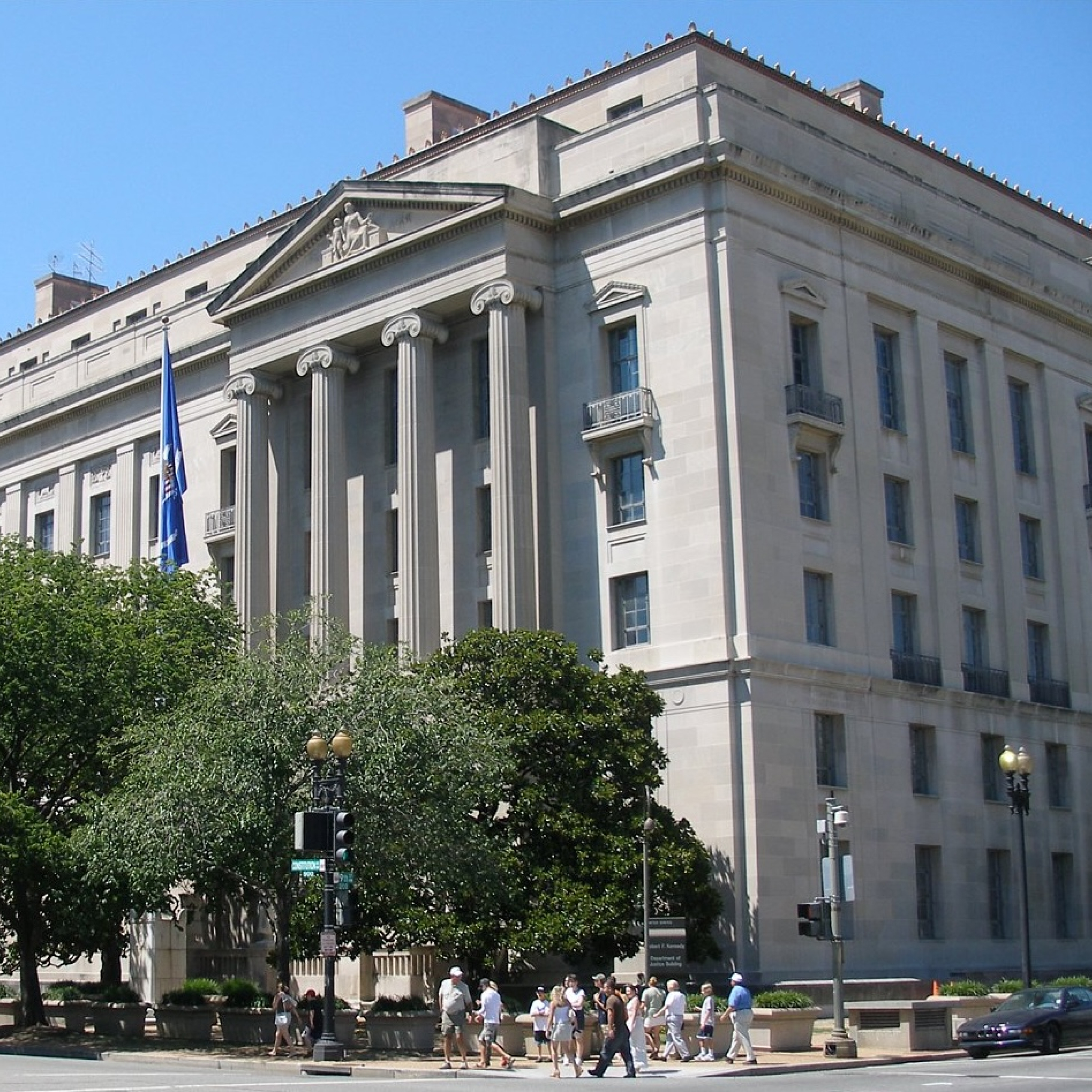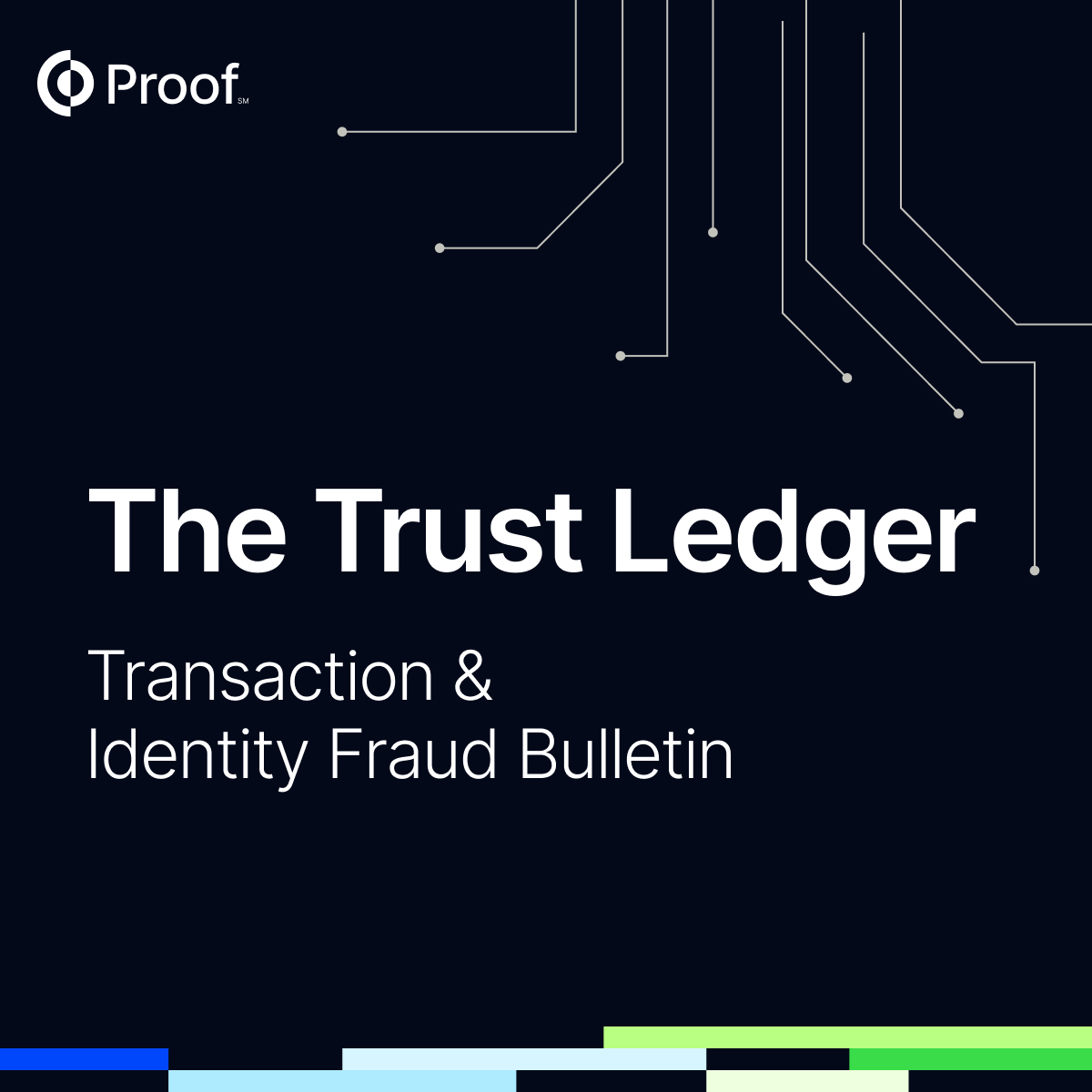BSA for the Digital Age: Our Answer? A Policy Framework for Digital Credentials

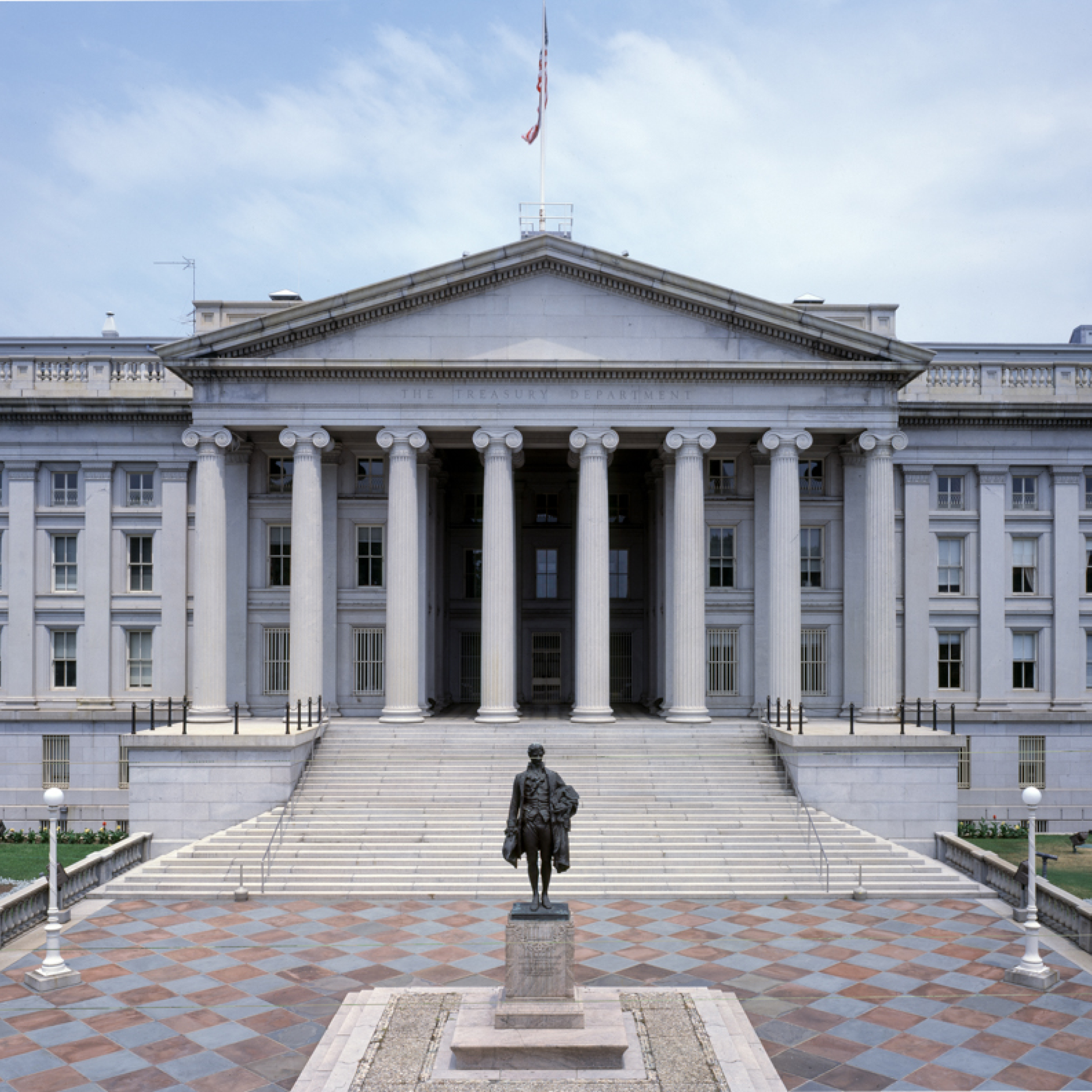
Financial institutions spend billions annually verifying the same identities over and over. In our response to the U.S. Treasury's Request for Comment on Innovative Methods to Detect Illicit Finance in Digital Assets, we propose a solution: verify once, trust everywhere. Our framework doesn't just address digital assets—it reimagines Bank Secrecy Act (BSA) compliance for the entire financial system.
The Problem Everyone Knows
The current system is broken. Every financial institution makes you upload the same documents, run the same checks, store the same data—not just for identity, but for sanctions screening and other BSA requirements. It's redundant, expensive, and vulnerable. Consumers hate it. Institutions spend billions on it. Criminals exploit it with deepfakes and stolen documents.
Most importantly: the implementation has drifted far from the original intent. The BSA was designed to prevent illicit finance, but we've ended up creating honeypots of personal data spread across thousands of institutions. KYC rules exist to know who you're doing business with, not to see who can collect the most photocopies.
A Better Way Forward
We're proposing a digital identity system that actually works—cryptographically signed digital credentials that create real trust, not just compliance checkboxes.
When a certificate authority like Proof verifies someone's identity or runs them through sanctions screening, we issue a reusable X.509 digital certificate. Unlike systems where credentials are merely presented alongside transactions, our certificates actually sign the transactions themselves. This cryptographic binding creates mathematical proof that can't be forged, prevents identity swapping, and makes transactions non-repudiable—turning identity verification into portable trust that moves with the user.
Think about what this enables: Move seamlessly between crypto platforms and traditional banks. Open accounts in seconds with higher confidence than today's days-long processes. Authorize agents to conduct digital commerce, knowing a human actually approved the purchase. Actually prevent fraud instead of just detecting it after the fact.
Why Proof, Why Now
We're not just proposing—we're building. As a certificate authority, we already issue the X.509 digital certificates that serve as the foundation for this transformation.
Here's what makes this so powerful: The cryptographic signature inseparably binds your verified identity to each specific transaction—creating irrefutable proof of authorship that eliminates fraud. This foundational identity then serves as a root of trust for next-generation credential ecosystems like W3C Verifiable Credentials, enabling selective disclosure through zero-knowledge proofs. Imagine proving you've passed sanctions screening without revealing any personal information, or verifying source of funds without exposing your full financial history.
Our recommendations to Treasury are refreshingly straightforward:
- Use existing NIST standards for identity verification quality
- Leverage established certification frameworks like Kantara Initiative to create a trusted marketplace
- Let financial institutions rely on digital credentials from certified providers for all BSA attribute verifications
No new bureaucracy. No experimental technology. Just recognition that cryptographic verification with digital credentials achieves the true intent of our financial regulations better than redundant document collection.
The Real Impact
This isn't incremental improvement—it's solving the root problem.
Better compliance: Cryptographic evidence eliminates ambiguity. You know exactly who verified whom, when, and to what standard.
Actual fraud prevention: Math can't be deepfaked. Stolen credentials can't be modified. The forgery economy collapses.
Privacy by design: Prove you've passed sanctions screening without exposing your entire identity. Share only what's needed, when it's needed.
Market integrity: When compliant platforms are the fastest option, the market moves away from weaker alternatives.
The Opportunity Ahead
Digital assets are converging with traditional finance, but the identity challenges we face reach every corner of the ecosystem. We have a chance to build infrastructure that truly achieves what our regulations intended: knowing who we're doing business with while protecting consumers and preventing illicit finance.
Treasury engaging in this dialogue signals they understand the moment. The infrastructure we enable today determines whether American finance leads or follows in the digital age. We're grateful for their leadership and excited to help build this future together.
Ready for the details? Read our full submission to Treasury for the complete framework.
























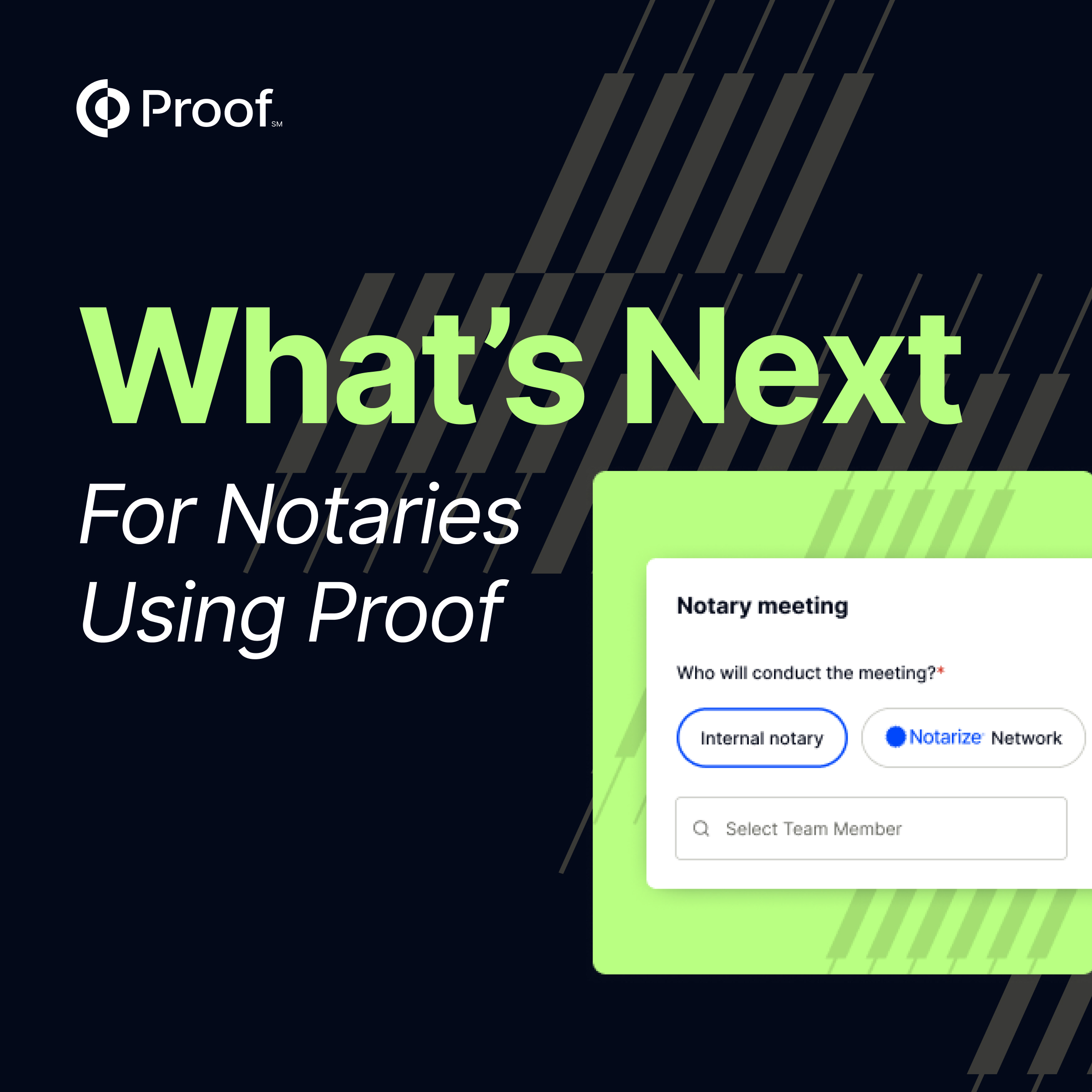





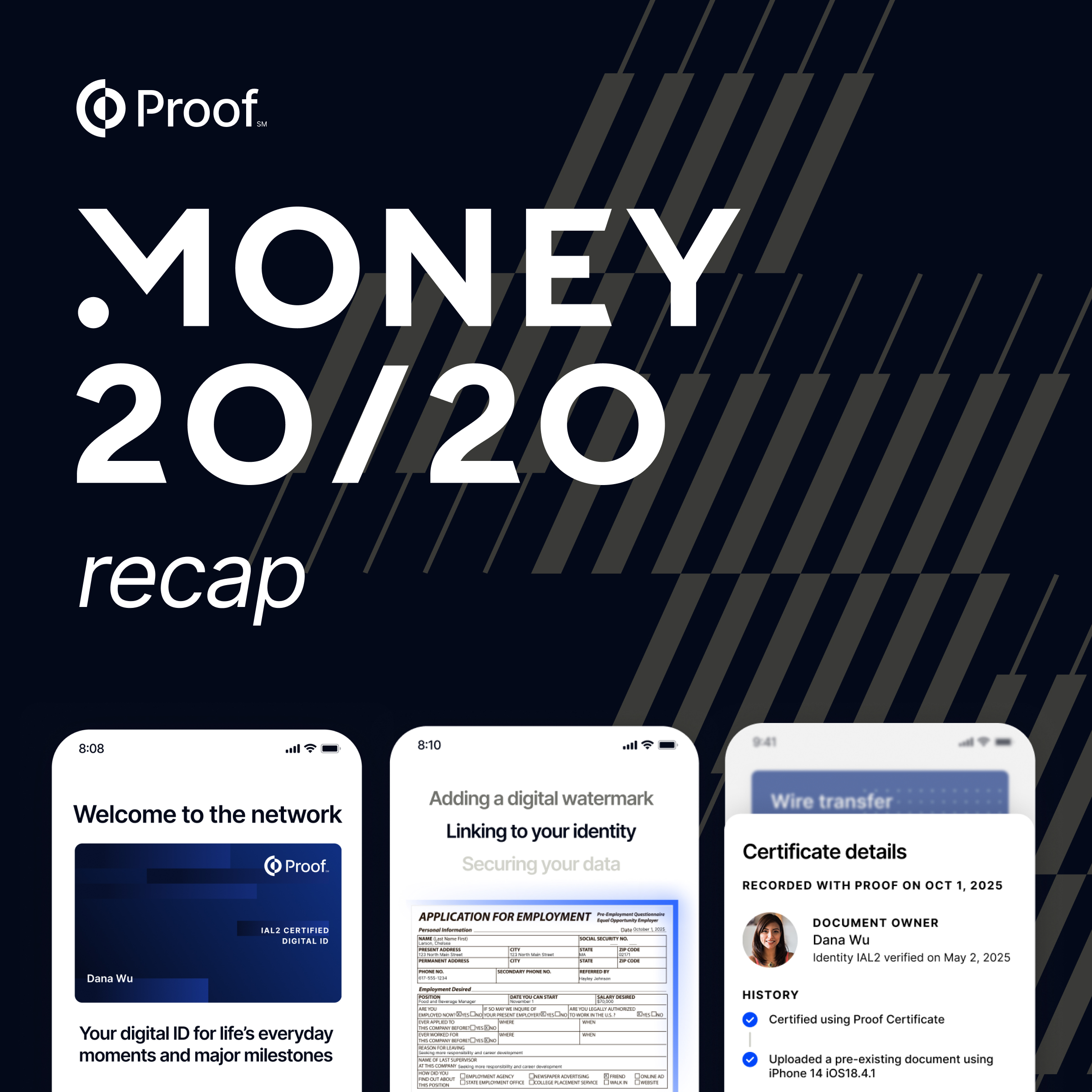






.png)
.jpg)
